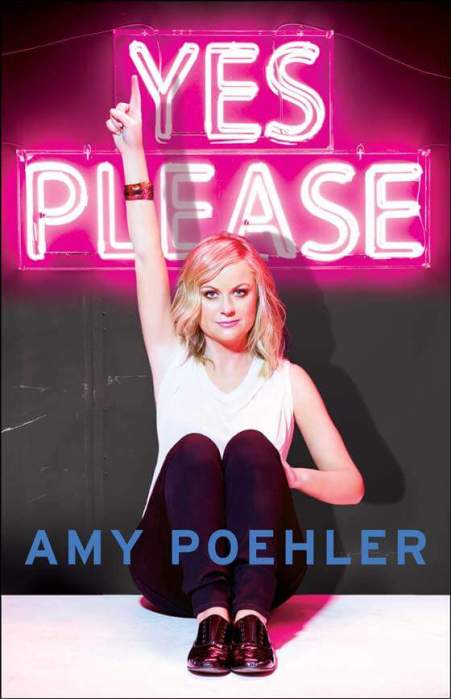 Running on pavement takes a different kind of shoe than trails or treadmills.
Running on pavement takes a different kind of shoe than trails or treadmills.
Credit: Petr Dosek/flickr
With spring, it seems like they are suddenly everywhere, popping up in bright colors all along sidewalks and crowding parks. So instead of dodging runners, how about joining them?
Today is National Running Day, and there are few easier ways to get fit than lacing up a pair of kicks, putting in some headphones and taking to the road.
“It’s almost like, why aren’t you running?” jokes Giovanni Jimenez, a manager at Brooklyn Running Co. “I don’t think [racing] has a lot to do with our sport anymore; you have a lot of people participating.”
While the convenient thing about running is that you can do it pretty much anywhere, not every shoe is created equal. We asked Jimenez which shoes are best suited to various city terrains.
Asphalt:Streets and paved paths want something “soft and squishy that you can manipulate” with a feeling “like stepping into cake.” Ultimately, it comes down to preference: Are you looking for something lightweight, racy or a workhorse that can collect miles? Every brand has a signature feel. “It’s sort of like picking your own mattress: Which one is more comfortable?”
Trail:“I would pay attention to the tread on the shoe,” he says. Lightweight trail shoes that can dig into the dirt a little better are ideal; think road tires vs. mountain bike tires. Nike’s waffle tread is iconic for a reason. Try the Nike Zoom Terra Kiger ($125), “a good example of a true trail shoe.” If you want to go way off the beaten path, consider Inov-8, a British shoe company that’s becoming a darling of the Crossfit movement.
Long distance:The Brooks Running Glycerin 12 ($150) has “a ton of cushion,” and the newest model, which came out on June 1, shed nearly an ounce of weight. The shoe has what Brooks calls an “ideal pressure zone” construction to distribute pressure evenly along the foot, maximizing shock absorption.
Treadmill:Indoor running has its benefits. “You’re already removing a ton of the impact; you’re not running on the asphalt, that treadmill is going to flex a little bit,” Jimenez says. Opt for a “nice little racing flat or lightweight trainer” like the Mizuno Wave Sayonara ($120), which is especially easy on the midsole, with a low profile.
Just starting out? Brooklyn Running Co. doesn’t just cater to the experts — in fact, beginning this month they’ve set up a Running Academy for beginner and intermediate levels, with coaches and crew to guide you on achieving your running goals.
Expert advice: Get the right fit
Going into a running-centered store can feel intimidating, acknowledges Matthew Rosetti, Brooklyn Running’s co-founder. But the equipment and expertise can help you not just find the right shoe, but one that heads off potential problems.
“Running is a repetitive stress type activity,” he says. “So over time, incrementally, you can develop some repetitive stress injuries as a result of imbalances that may occur from working at a desk in a terrible posture all day.”
And like car tires need alignment, so does your stride. At Brooklyn Running, the experts ask about a runner’s habits and injury history, then assess their running and walking gait to choose a shoe and recommend possible corrective action, like stretching or massage, or gear like orthotics or insoles.
“We’re not doctors at all, and we don’t believe that any one piece of footwear can be truly corrective,” Rosetti says. “But it’s a good place to start.”


















